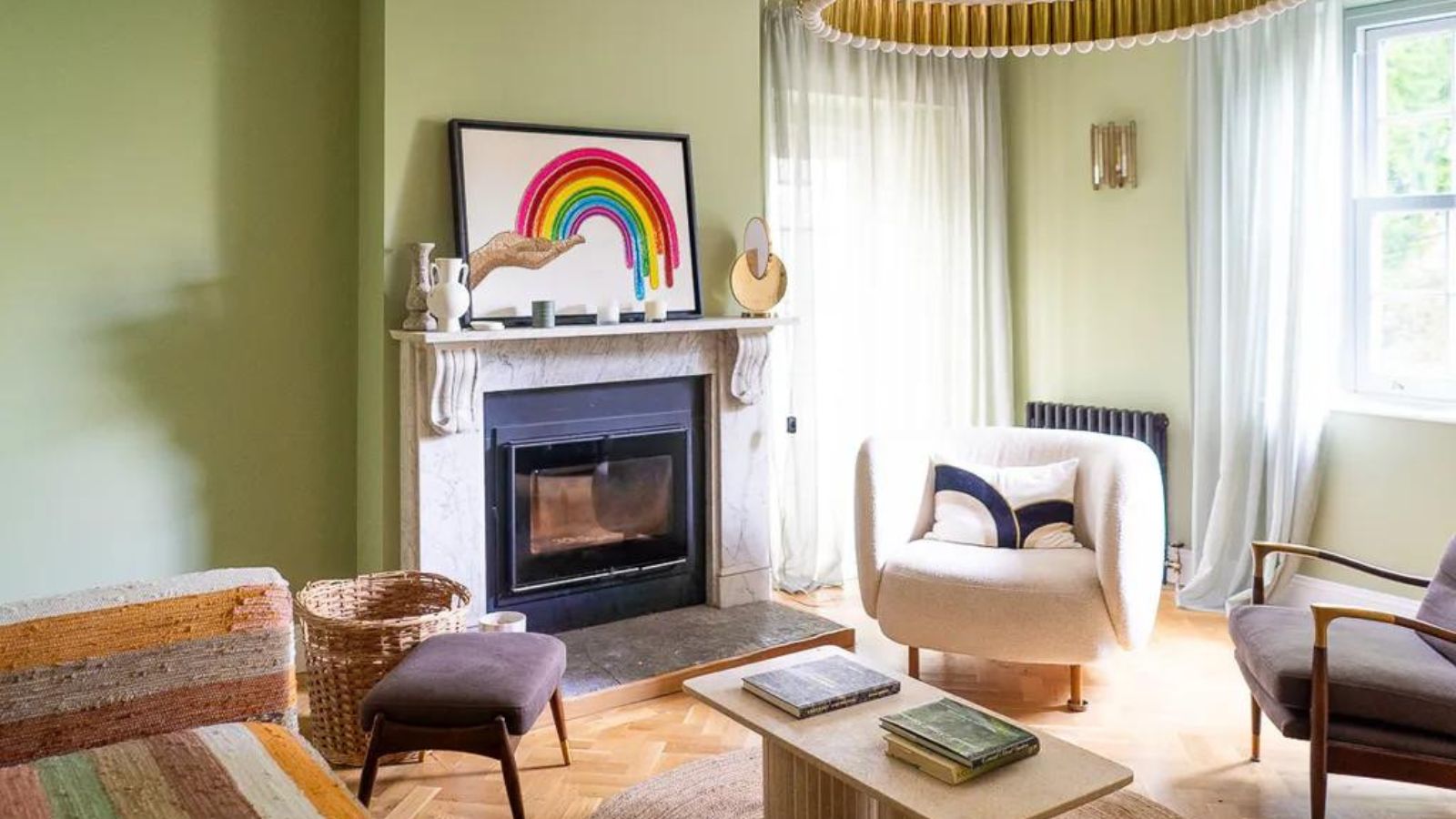
Now that my home renovation is pretty much finished, I'm taking stock of how it has all come together. It's been a massive project, taking an 1840s home that was last refurbished in 1972, and ripping walls apart to feed in a new wiring system, adding in new heating, a new kitchen, new bathrooms, the lot.
All in all, the budget was just shy of $200,000 – an eyewatering expense that still makes me wince when I think of it. And the biggest single chunk of that budget was on the chevron wood floors, each tile individually hand-laid in both our dining room and living room. Factoring in materials, labor, underlay, joists and upkeep, together they ended up costing nearly $10,000.
Now don't get me wrong, I love how they turned out. But $10,000 on flooring, when I still can't afford to have a proper dining table to actually eat off? What was I thinking?!
The pros of chevron wood floors
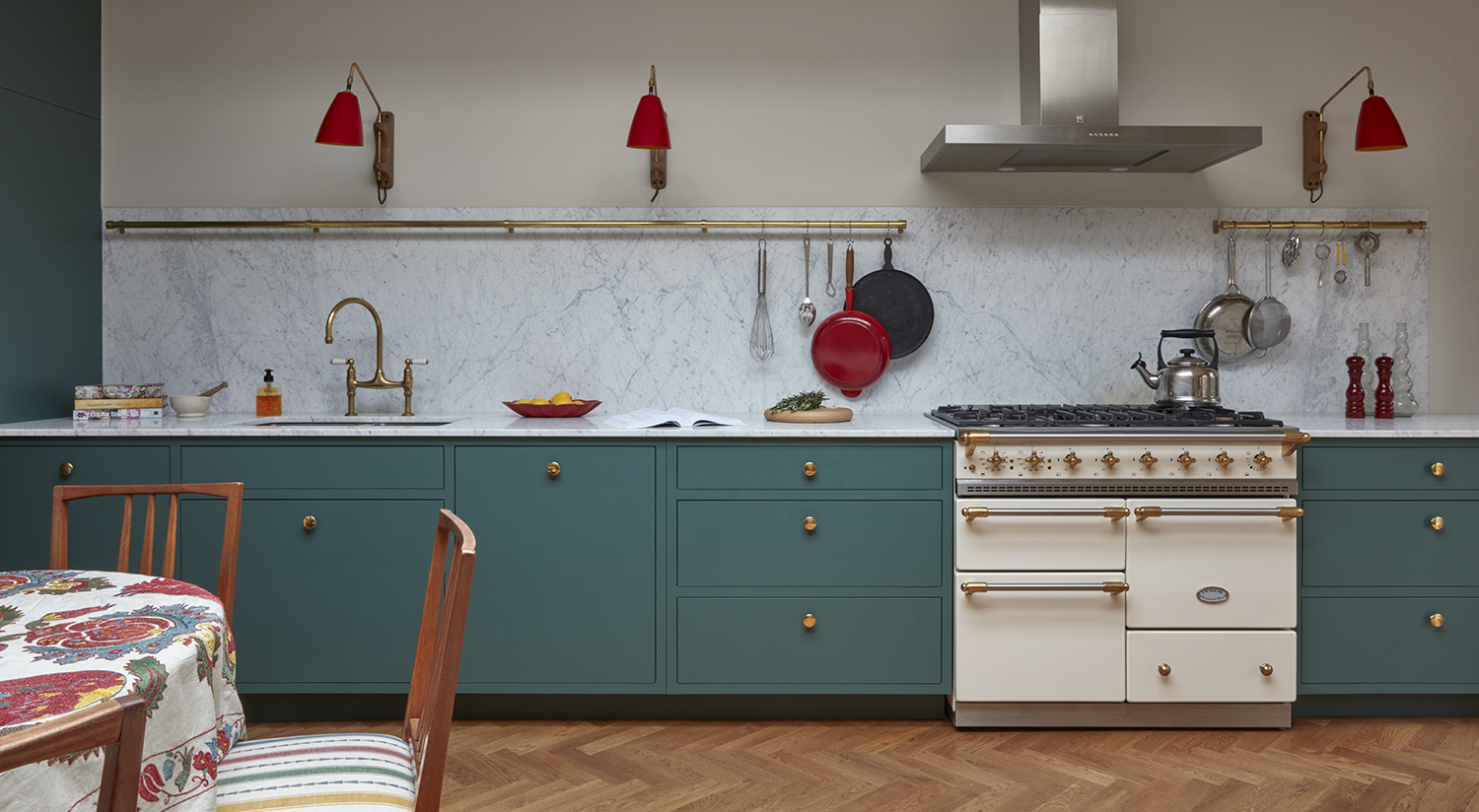
An early piece of advice I'd been given by an interiors editor I admired was to spend as much as you possibly can on the floors. The theory being that you'll almost certainly only do them once, and never replace them yourself. Whereas you might even update a kitchen in a decade or two's time, you're unlikely to ever touch the floor again. So even if you have to sit on cardboard boxes while you save for proper chairs, she said, spend the budget on the floors and you'll never regret it.
Which is how I justified the chevron wood floors I've always dreamed of. As a flooring trend, it evokes grand old ballrooms, and 1930s palazzo-style ranches in the Hollywood hills and creates a wow moment as soon as you enter the room. 'The chevron style is very popular here in Connecticut,' says the interior designer Diane Rath, owner and principal at The Rath Project. 'Sometimes we also use it for materials other than wood, creating chevron brick or tile floors. It normally adds to the budget, but anything that is worth having is worth saving up for!'
The cost of this style of floor varies depending on where you are and what material you're using, but an average hovers at around $28 per square foot. 'Oftentimes, those extra expenses may seem like a lot, but if you love something and it's going to be star, you can pare down in other areas,' Diane says. 'Perhaps choosing regular drywall instead of molding and trim could be an option.'
But that said, I think I could have got an equally show-stopping effect at a less eye-watering price, and perhaps been able to afford the chairs to place on my flooring after all.
Affordable alternatives to chevron wood floors
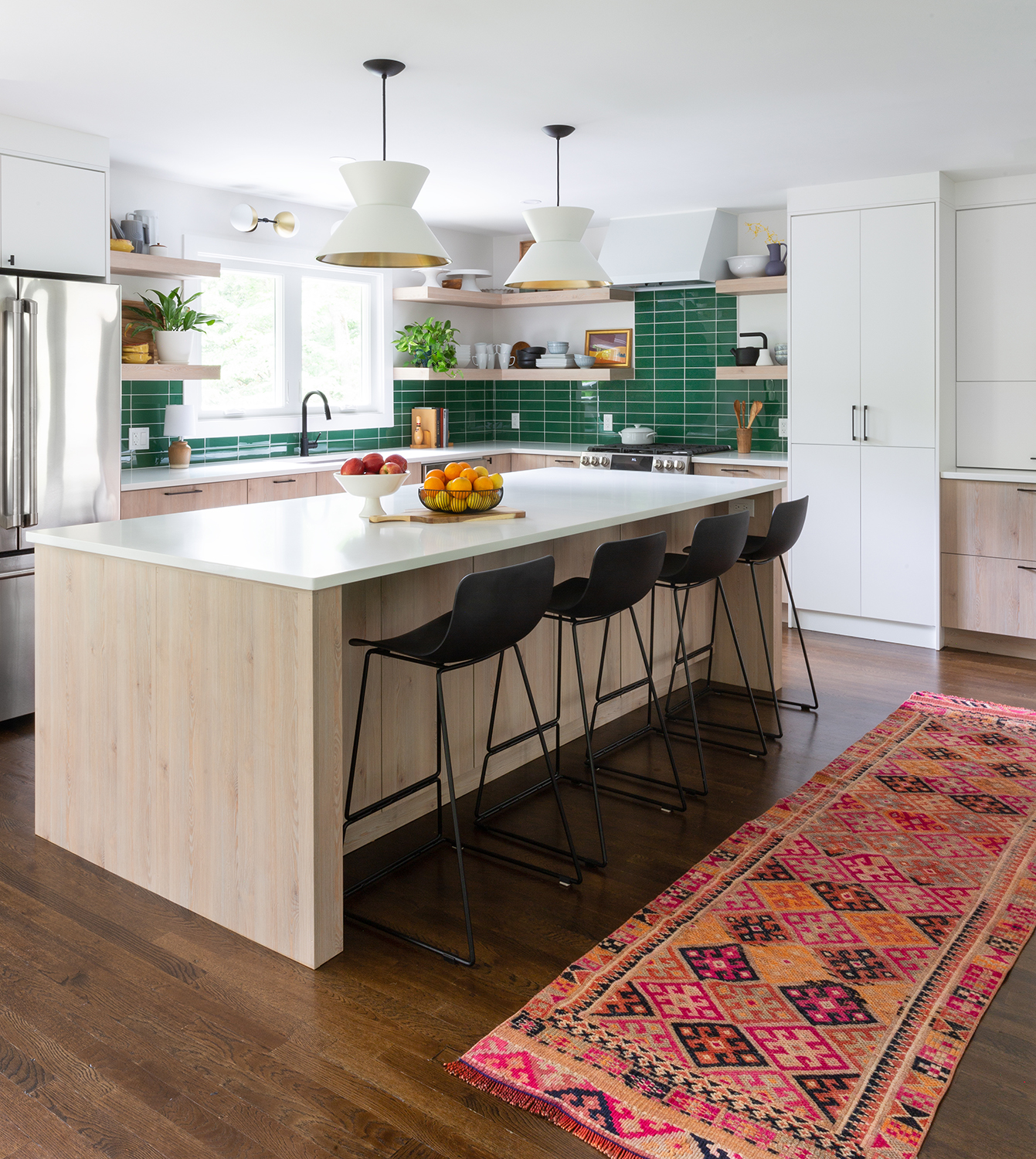
Diane says that you don't have to eschew hardwood flooring altogether so as to come in at a more reasonable budget, and there are ways to approach it in a more cost-sensitive fashion.
'Chevron flooring is very labor intensive, whereas plank wood floors can be much faster to lay, and therefore much much more affordable,' she says. 'You won't have to teach the tradespeople how to lay it, or find a specialist in your area,' she continues. 'Cost can vary depending on the type of wood you use. A rare species or a wide plank can up the budget, but a more typical wood such as oak won't be as expensive to come by.' Again, there are plenty of variations here but expect to pay somewhere between $9 and $20 per square foot.
Diane says that with the right stain and treatment, regular planks can look just as stellar. 'I love hardwood floors, and use them in every project I can,' she says. 'Especially kitchens and even bathrooms - you just have to know how to look after them.'
Making the most of what you have
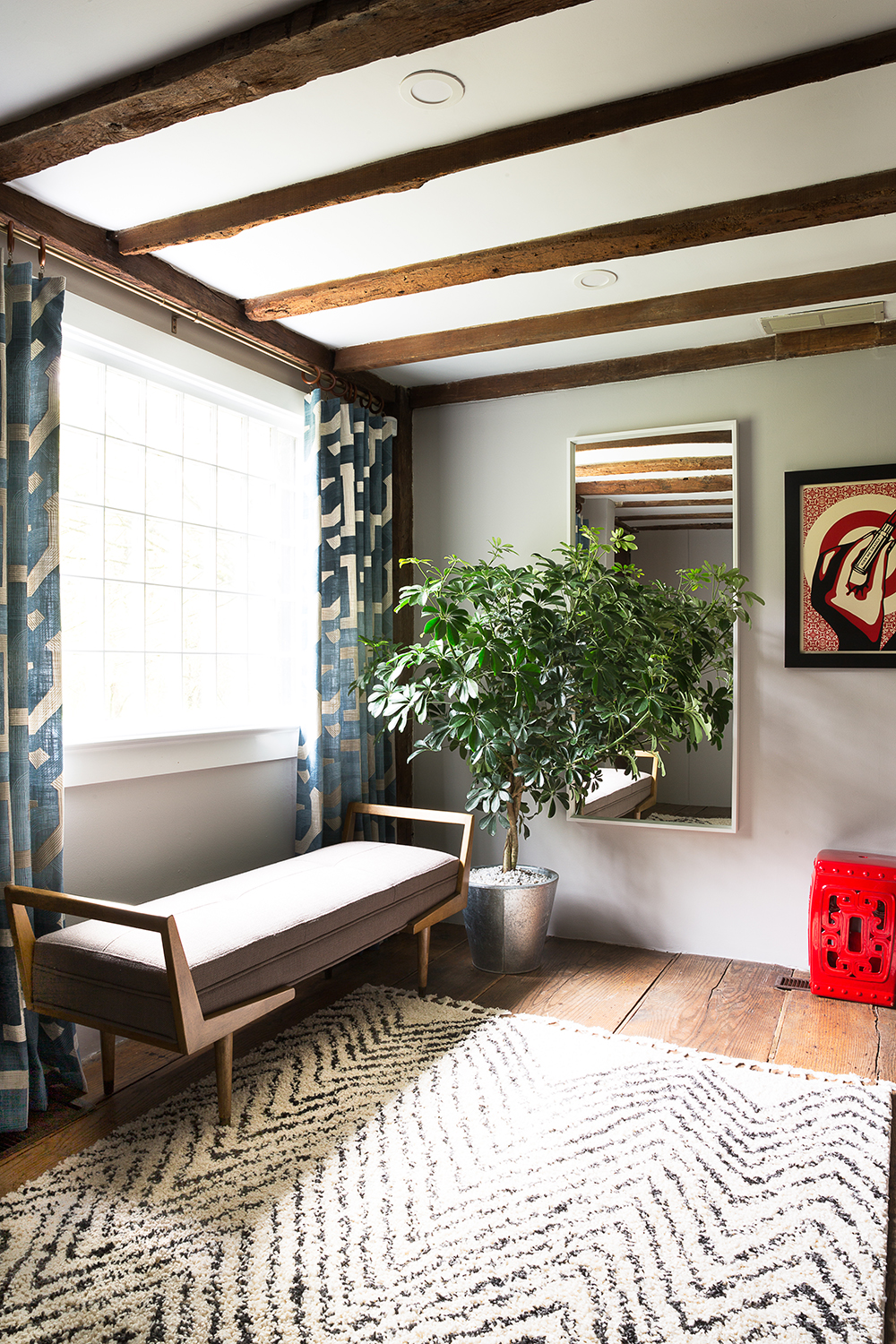
It wasn't an option for me to work with the flooring we inherited in this house. 1970s linoleum that was chipped and stained would have been very difficult to enhance in any way, but Diane suggests there are ways to work around a floor that may not be perfect.
One of her projects was a house in Wilton, CT, dating from the 1700s, shown above. 'And we had to work around wooden boards that were super wonky, but super charming if you didn't mind they weren't straight,' Diane says. 'You just had to accept it and layer area rugs strategically so that you hid the worst bits, and everyone had some comfortable areas and the kids could play on the roughest parts.'
More affordable floor patterns
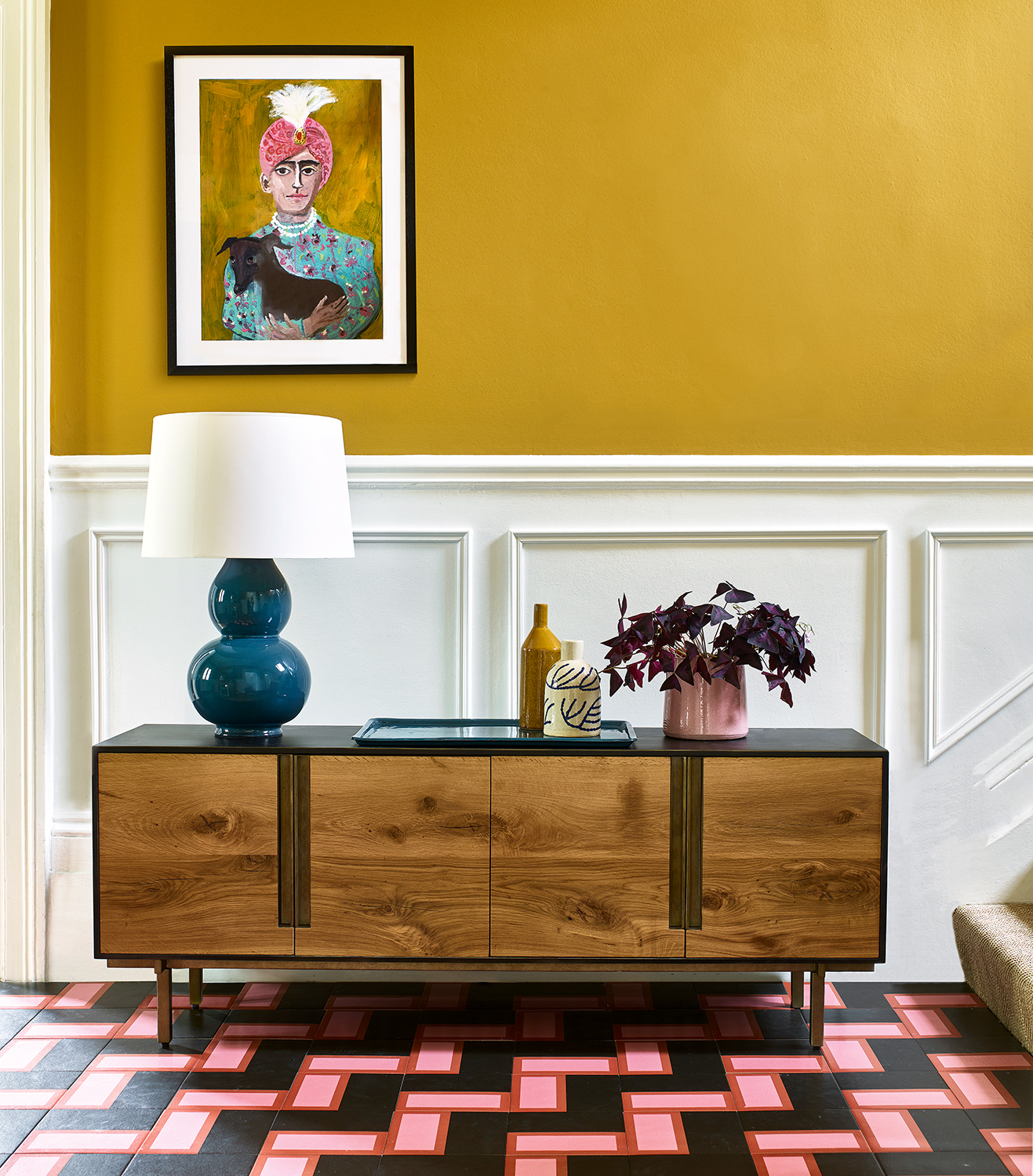
And of course, the chevron formation isn't the only way to do a pattern, and other alternatives can be a lot easier on the budget.
'You can paint a pattern directly onto floor and it can look incredible,' Diane says. 'I love to do an inlay or a border. Both are really impactful without being over the top budgetwise. She suggests brass or tile or even a different wood species as the inlay, snaking around the edge of the room. 'I actually did a project where we ended up keeping the floors as is and painting a thin black strip border around the edges,' Diane says. 'It really elevated the space, and took it up to a ten.'
Or for a really durable option...
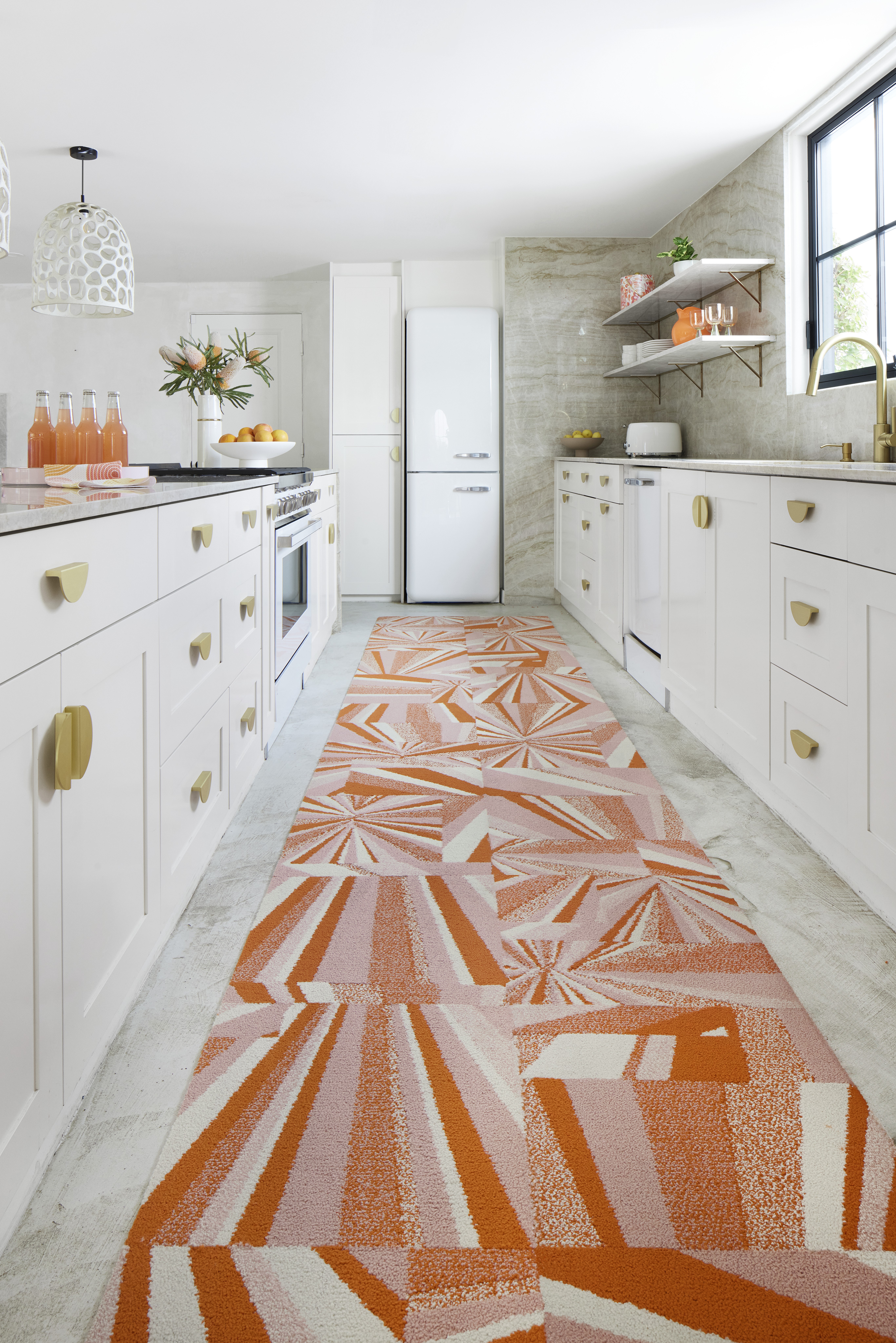
As Diane mentioned, area rugs hide a lot of sins, and can be just as showstopping as a floor pattern would be. Of course, they're cheaper too, can be swapped out as your style changes and in the meantime, can often be washed - Ruggable's offering is easy to machine clean, so they continue to look fresh.
Innovative flooring brand FLOR has come up with a solution that allows you to build your own pattern, with carpet tiles that can be seamlessly placed together (and individually removed should you need to clean a small area).
'Compared to traditional wood floors, FLOR’s area rugs are an ideal flooring solution because they are easy to clean, move, and replace,' says Katherine Cohen, Global Associate Creative Director at Interface and FLOR. 'When one carpet tile is damaged or stained, it can be easily replaced with limited maintenance or resources. This in turn provides an affordable flooring solution where you can easily replace tiles one at a time instead of purchasing a whole new rug when encountering life’s messes. Beyond the impressive functionality of carpet tiles, they are also a useful solution to add comfort and warmth to our homes, creating spaces where people want to sit, stay, and relax.'
All of which leads me to the conclusion that, yes, I love how my chevron wood floor turned out. But looking at the balance sheet now that the renovation is done (and still with some furniture left to buy), I would heartily advise anyone without an unlimited budget to look at the alternatives.







